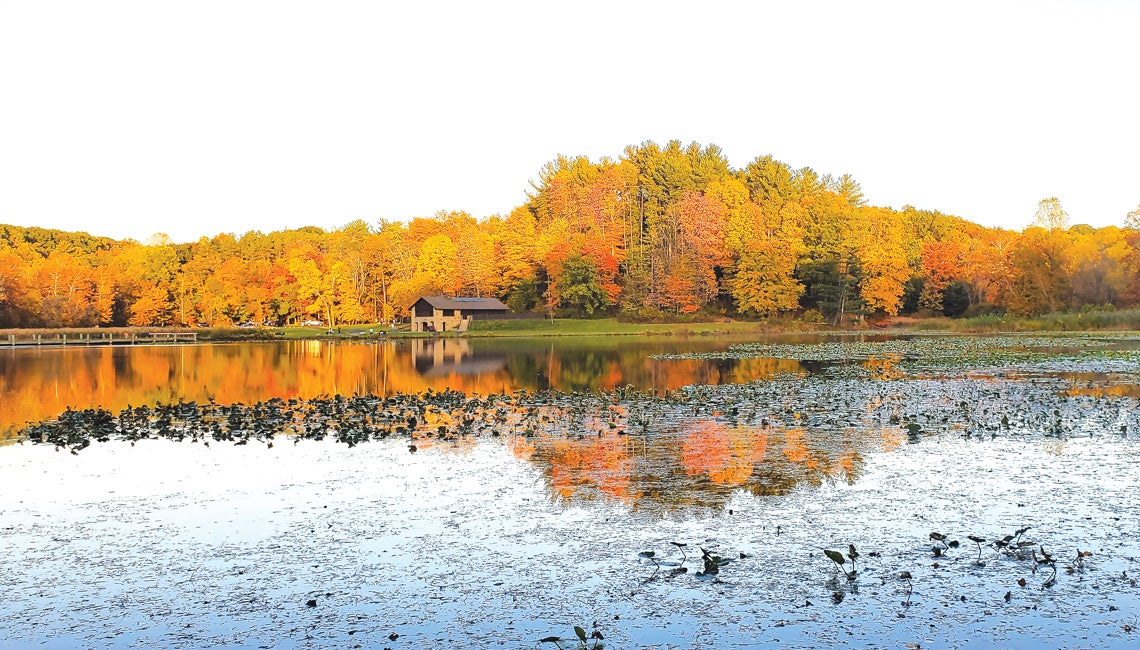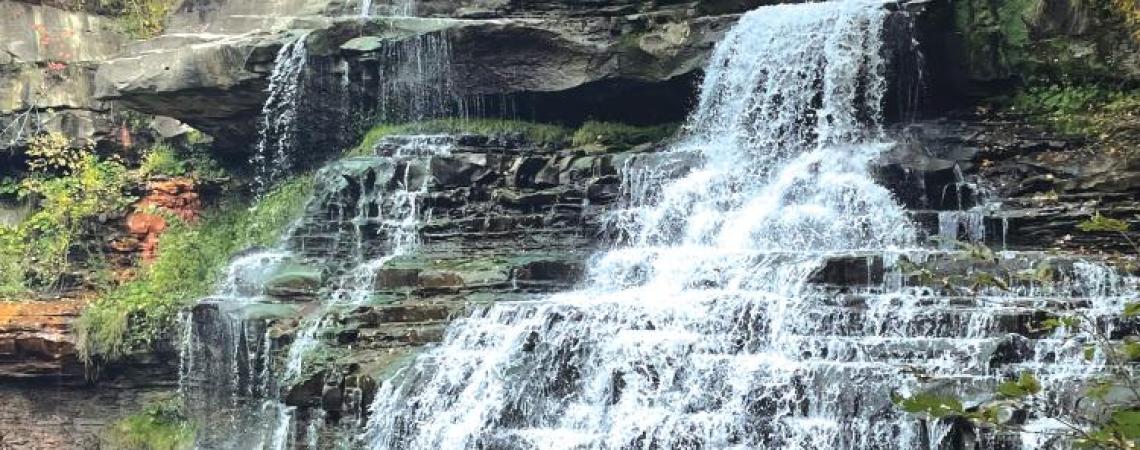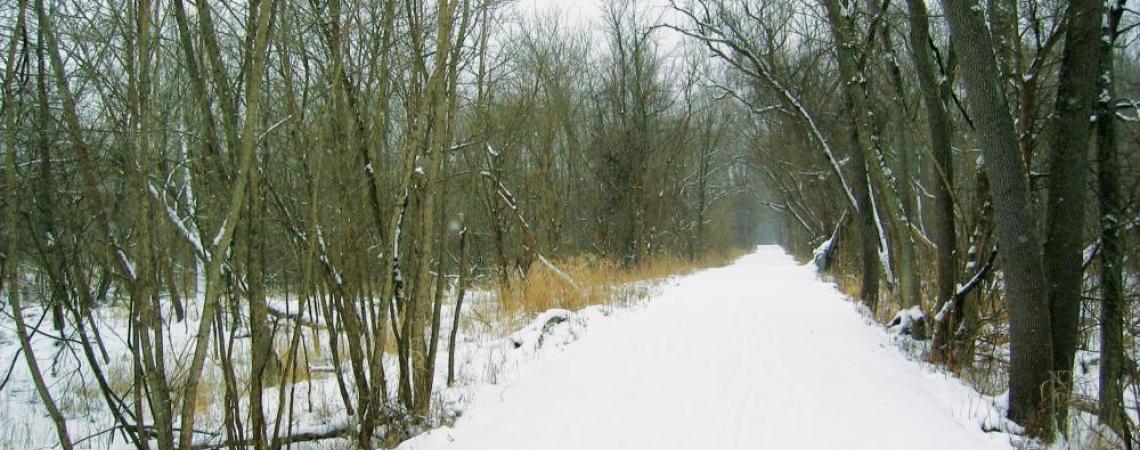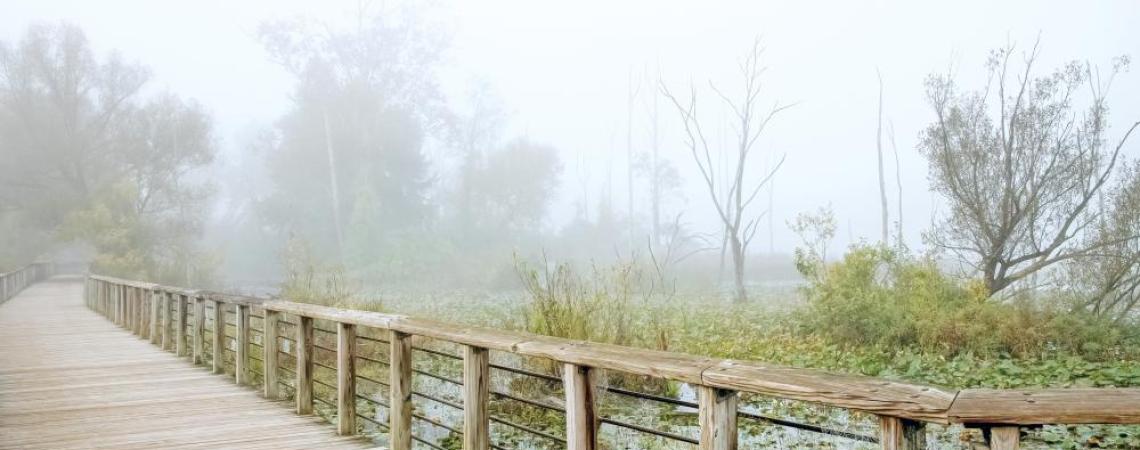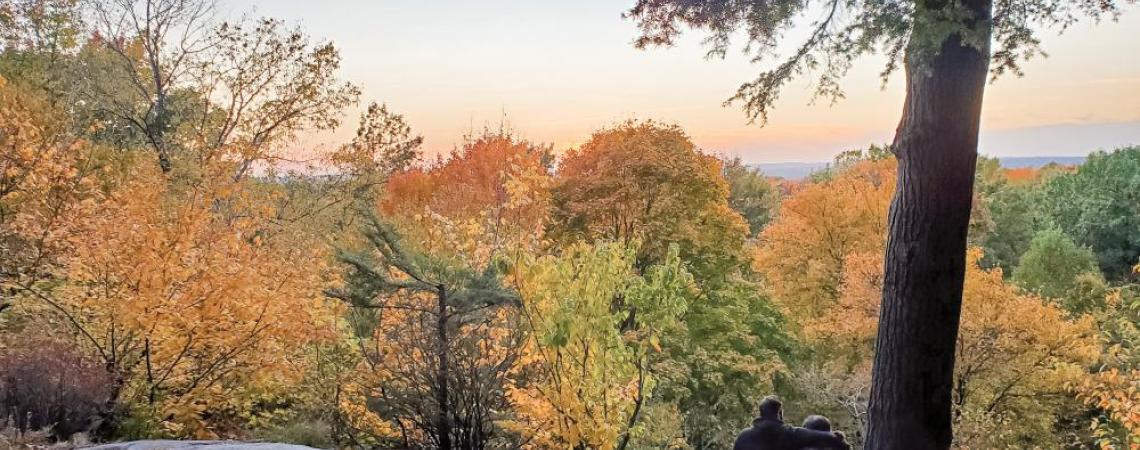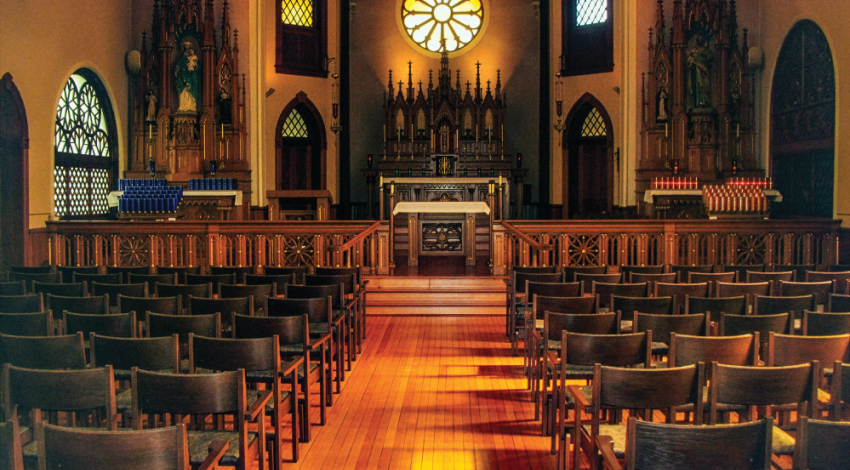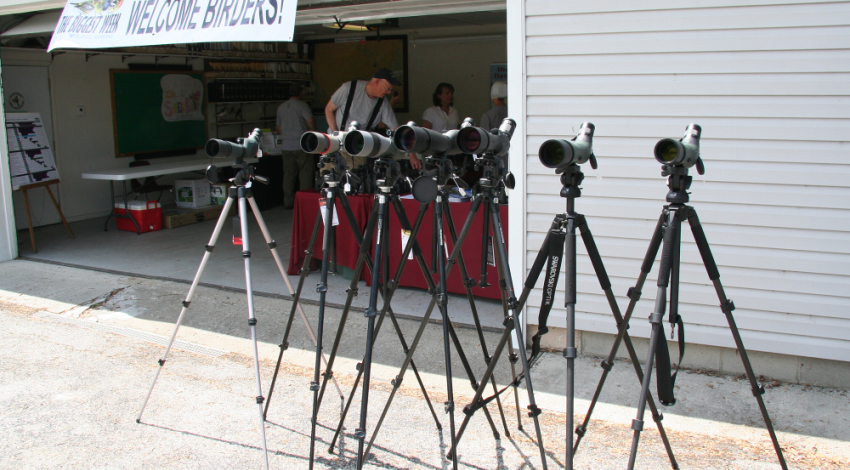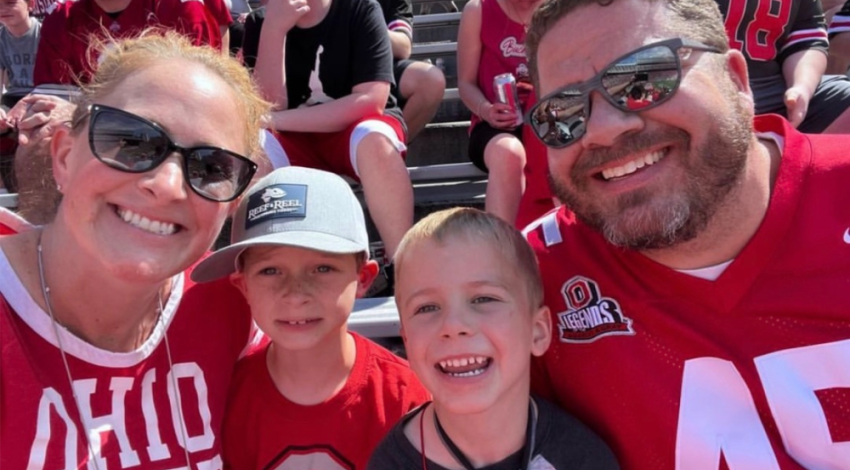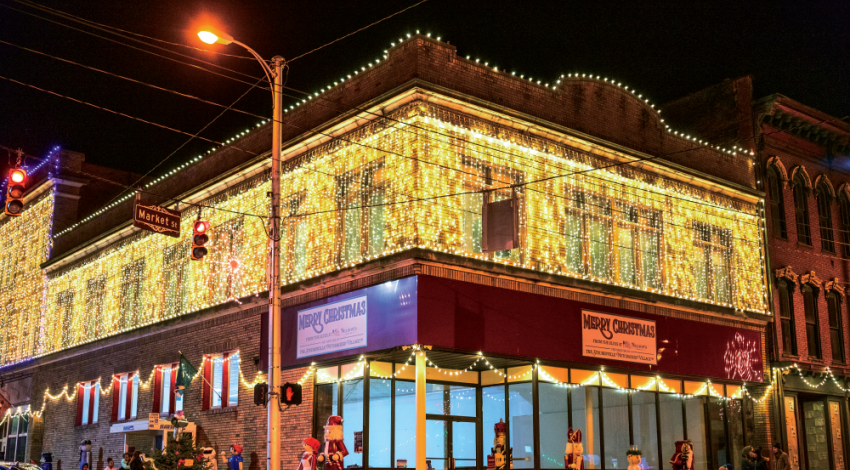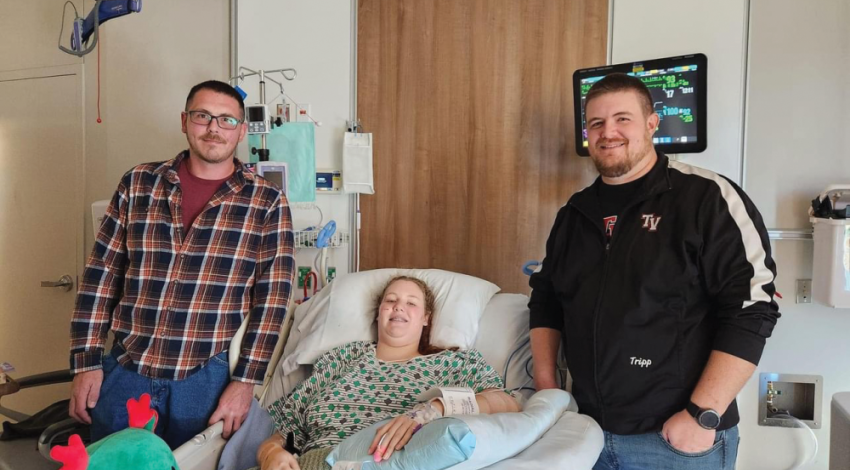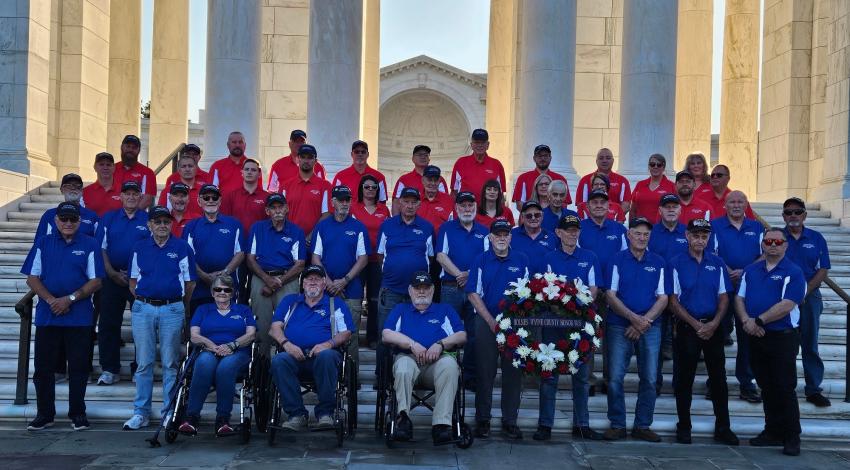Imagine, if you will, the 1974 landscape in the valley carved out by the Cuyahoga River between Akron and Cleveland: beautiful waterfalls surrounded by deep woods, interesting and plentiful rock formations, colorful meandering meadows, idyllic small lakes.
But those 33,000+ acres also were heavily used by residents, by industry, by commerce. The land also included Richfield Coliseum, then a popular concert venue and home of the still-fledgling Cleveland Cavaliers; a declining (now abandoned) paper mill and surrounding company town that had sprung up around it; and a private dump that would soon become an EPA Superfund site because of its toxic contamination.
In December of 1974, 50 years ago last month, the U.S. Congress passed legislation to create the Cuyahoga Valley National Recreation Area, the third national recreation area created as part of the federal government’s “Parks for the People” movement (the others were the Golden Gate National Recreation Area in San Francisco and Gateway National Recreation Area near New York City). The CVNRA became a national park in 2000 — 25 years ago this year.
Brandywine Falls
“There’s a lot of hope involved in taking a landscape and turning it into a national park,” says Jennie Vasarhelyi, chief of interpretation, education, and visitor services at Cuyahoga Valley National Park, which marks its anniversaries with a series of events and celebrations over the coming year.
 The “Parks for the People” movement was partly in response to urban unrest that had spread across America during the Vietnam era, and partly to make National Park Service lands more accessible to people who couldn’t visit the more iconic but remote locations, such as Yosemite, Yellowstone, or the Badlands.
The “Parks for the People” movement was partly in response to urban unrest that had spread across America during the Vietnam era, and partly to make National Park Service lands more accessible to people who couldn’t visit the more iconic but remote locations, such as Yosemite, Yellowstone, or the Badlands.
Deb Yandala, president and CEO of the Conservancy for the CVNP, a nonprofit organization that promotes and fundraises for the park, says there was incredible local support for the CVNRA at the time. “This park exists because of our community members,” she says, crediting everyone from garden club members who led bus tours of the valley to politicians like the late Ralph Regula (R-Canton) and the late John Seiberling (D-Akron), who worked across the aisle in support of the founding legislation.
 Even Carl Stokes, the iconic former Cleveland mayor, New York City news anchorman, United Auto Workers general counsel, and U.S. ambassador to the Seychelles, had a role. “When the Cuyahoga River burned (in 1969), he really raised environmental awareness,” Yandala says. That national moment, with Stokes’ advocacy, helped lead to the Clean Water Act and other federal legislation protecting natural resources, and helped push both the Cuyahoga Valley’s original designation with the NPS and its elevation to a national park 25 years later.
Even Carl Stokes, the iconic former Cleveland mayor, New York City news anchorman, United Auto Workers general counsel, and U.S. ambassador to the Seychelles, had a role. “When the Cuyahoga River burned (in 1969), he really raised environmental awareness,” Yandala says. That national moment, with Stokes’ advocacy, helped lead to the Clean Water Act and other federal legislation protecting natural resources, and helped push both the Cuyahoga Valley’s original designation with the NPS and its elevation to a national park 25 years later.
“The park didn’t really change that much when it achieved national park status,” Vasarhelyi notes, ”but the public’s perception of it did.”
And almost immediately, the region saw an uptick in tourism. “The CVNP became a must-stop for people who want to hit every national park,” says Lindsay Regan, the conservancy’s director of park experiences.
The park is open 24 hours a day, every day of the year (with the exception of a few specific areas that close from dusk until dawn). No entry fee or pass is required. Click here for general information about the Cuyahoga Valley National Park, and for specific anniversary information, click here. Keep checking back, as new events are added regularly.
Celebrating success
The CVNP and its conservancy are hosting a variety of smaller events and programs to mark its anniversaries over the coming year, rather than one or two signature events.
- A speaker series runs through April and features topics including the urban parks movement, recreation as a human right, and the importance of beavers to restoring biodiversity.
- The conservancy’s Rhythm on the River concert series will also continue at the park’s Howe Meadow in 2025, free and open to the public.
- The conservancy also commissioned a public art project to mark the anniversary — a mural that covered layers of graffiti on the Boston Mills Road bridge abutment that’s visible to kayakers on the river and to tourists at the visitor center on Riverview Road.
